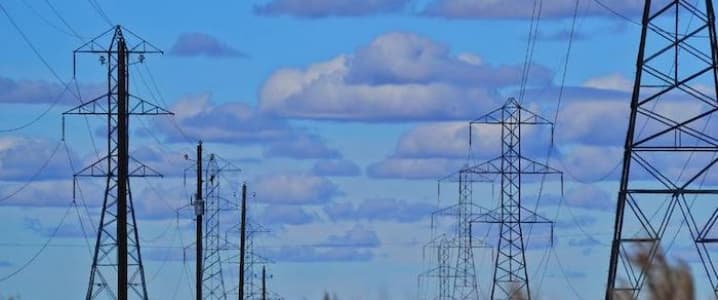Renewable natural gas—methane collected from waste and manure—is a popular source of energy in Europe, but in the United States, it has yet to establish itself as a viable alternative to fossil fuel gas. Thanks to tax incentives and improving technologies, however, companies are making increasingly wider inroads into this segment of the renewable energy industry.
Earlier this month, New York became the latest city to join a growing network of 530 fueling stations featuring renewable natural gas (RNG) that are run by a T. Boone Pickens company, Clean Energy Fuels.
Meanwhile, construction is about to begin on an anaerobic digester—a facility that turns the methane from manure and other waste into higher-grade natural gas—at the Goodrich Family Farm in Vermont. The project was first announced in 2017. Waste from the farm will be processed at the digester and the gas will then be sent via a pipeline to Middlebury College where it will be fed into the college’s power plant.
Energy journalist Jonathan Mingle writes in a story for Yale Environment 360 that the developer and operator of the project, Vanguard Renewables, the Goodrich Family Farm digester is a strategic bet on RNG after building a network of five biogas facilities in Massachusetts.
“Producing RNG for pipeline injection and vehicle fueling is the evolution of where everything is going,” Mingle quotes Vanguard Renewables’ CEO as saying.
Indeed, the RNG business is gaining traction. It’s really a win-win situation for everyone involved: capturing methane for processing it into renewable natural gas reduces the amount of waste that goes into landfills and it also reduces methane emissions that are, according to some, even more harmful to the atmosphere than carbon dioxide.
A recent study from the University of Michigan found that the methane emissions from just six East Coast cities were a lot higher than previously thought and estimated by the EPA. According to the study, the combined methane emissions of New York, Washington, Philadelphia, Boston, Providence, and Baltimore exceeded the emissions of methane at places like the Four Corners region and the Bakken shale play. Related: This Arms Deal Could Trigger A New ‘’Cold War’’
Emissions-wise, this is bad news. In the context of tapping the potential of renewable natural gas, it’s actually good news because it adds to an already substantial potential.
Data from the EPA from 2014 says the United States produces enough methane to feed a minimum of 13,000 biogas plants and produce enough gas to supply power to as many as 3 million households. Another set of data, from the World Resources Institute, suggested the U.S. is sending to landfill and incinerators the equivalent of 6 billion gallons of diesel, which represents 15 percent of all the diesel fuel used by trucks and buses in the country.
It seems that albeit late, the U.S. is beginning to wake up to the potential of biogas. It can be produced from every sort of waste and leave as by-product fertilizer. Europe is already home to two-thirds of the global biogas power generation capacity, which stands at 15 GW. The United States has the feedstock to match and even exceed this. It’s only a question of time and the proper incentives.
By Irina Slav for Oilprice.com
More Top Reads From Oilprice.com:
- Middle East Tanker Insurance Rates Soar 10-Fold
- Why This Oil Rally Won’t Last
- Oil & Gas Discoveries Rise In High-Risk Oil Frontiers


















